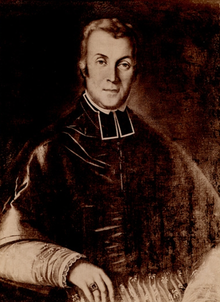Sidyma
Sidyma was mentioned in the 1st century BC by Alexander Polyhistor, and later by Pliny the Elder, Stephanus of Byzantium, the Synecdemus, and the Notitiae Episcopatuum.
According to legend, in the 5th century AD the future Byzantine Emperor Marcian, fell ill while on campaign and was cured by the people of Sidyma, later rewarding them for their kindness.
[4] Another version states that while still a simple soldier, he fell asleep while resting on a hunt near Sidyma, and was found to be sheltered by a large eagle, a presage of his future elevation.
Situated on the site of an ancient Lycian city, the contemporary village of Sidyma now occupies the same space, its homes and pathways intricately woven around the historic ruins that have stood for centuries.
The rich history of the region has also led to Sidyma's placement on the Lycian Way, a long distance trail in southwestern Turkey.
Acropolis + Agora The ruins of Sidyma, high up on the southern slope of Mount Cragus, were first discovered by Charles Fellows, who described them as consisting chiefly of splendidly built tombs, abounding in Greek inscriptions.
On his journey he identified the town as possessing the ruins of a theatre, agora and temples, which were of diminutive size, but of great beauty.
[9] Not far from the village centre, and ancient agora, also sits the ruins of a roman bath house where two of the arches remain visible today.
[10] Within the necropolis, there are sarcophagus on podiums, and "a large number of pigeon-hole tombs cut in the cliff on the left hand... reminiscent of Pinara.



